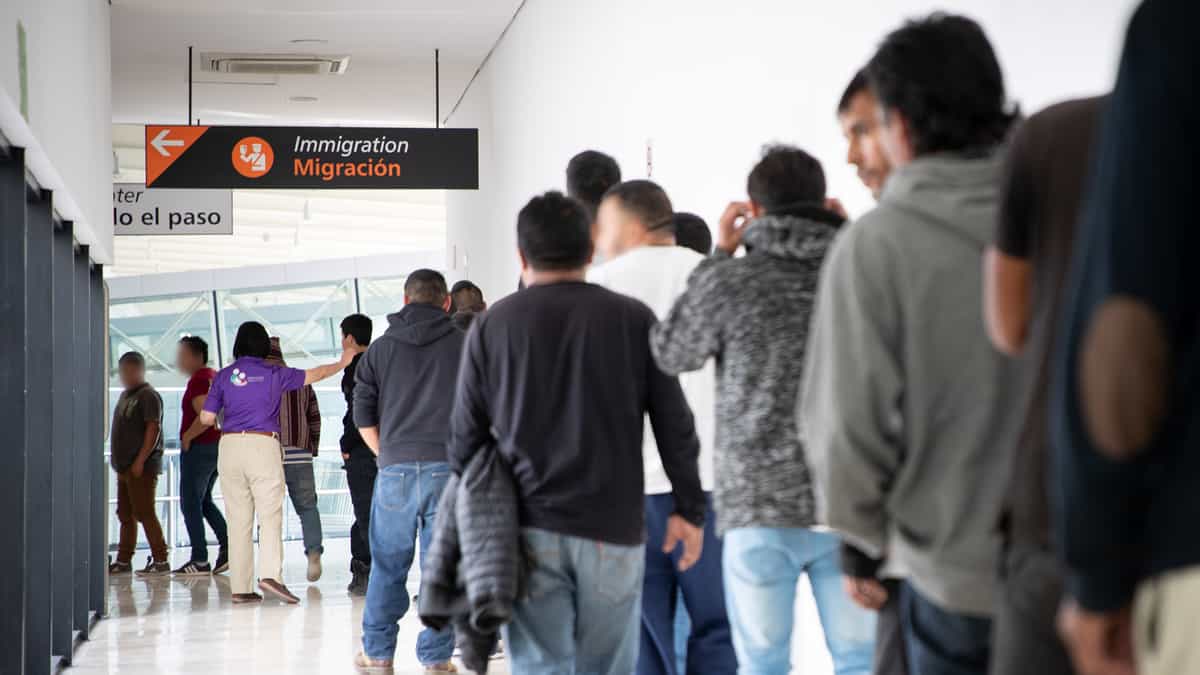Officers with U.S. Customs and Border Protection (CBP) recently apprehended 48 people who allegedly sought to cross the U.S. border illegally from Mexico as stowaways on auto hauler rail cars operated by BNSF (NYSE: BRK) and Union Pacific (NYSE: UNP).
The incidents occurred between last Thursday and Saturday at the El Paso, Texas, port of entry.
In one incident on Thursday, CBP officers processing a northbound train at a Union Pacific (UP) rail crossing discovered 13 alleged stowaways in an auto hauler rail car.
In a Friday incident at a BNSF rail crossing, CBP officials found six people inside an auto hauler rail car.
Two additional incidents happened on Saturday. CBP officials said they discovered five individuals attempting to make entry at a BNSF rail crossing by hiding in an auto hauler rail car, and they found 24 more hiding in three auto hauler rail cars at a UP rail crossing.
Of the 48 people found, 16 had been previously deported, and one of those had a prior battery/domestic violence charge, according to CBP.
“CBP officers must be vigilant and cognizant of potential hiding areas as human smugglers will use any means available in an attempt to smuggle people across the border,” said CBP El Paso Director of Field Operations Hector Mancha. “In some cases people were placed in rail cars that were sealed from the outside. The consequences could be life-threatening especially with our triple-digit temperatures.”
The alleged stowaways came from Guatemala, Honduras, Ecuador, Brazil, Mexico and El Salvador, according to CBP. They will be charged and processed under immigration laws, the agency said.
In response to the recent incidents, UP said CBP and UP teams along the border “have worked exceptionally well together for many years. Union Pacific continues to play an active role in mitigating national and rail security and safety threats.”
The freight railroads and CBP work in tandem at the U.S. borders at both Canada and Mexico, inspecting rail cars with patrolling officers and screening technology to detect people and contraband. The railroads must also provide data to federal officials on what freight is riding on the trains.
Click here for more FreightWaves articles by Joanna Marsh.
Related articles:
Freight transportation stakeholders grapple with big uncertainties
TSA to require freight railroads to provide training addressing terrorist threats










